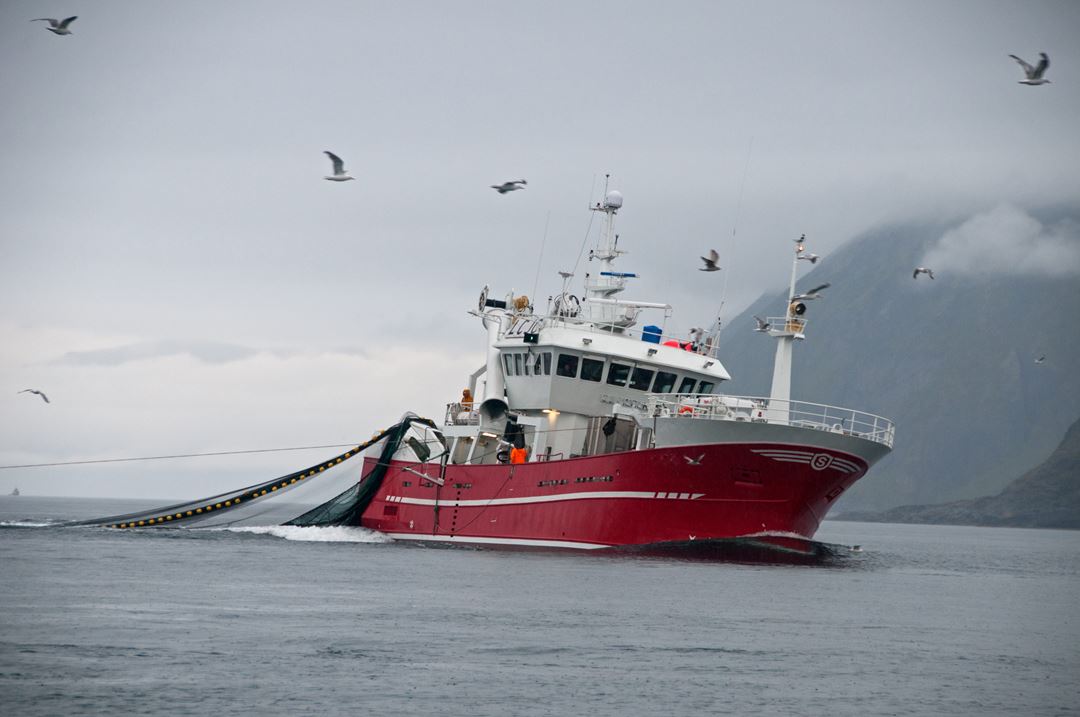Visit smartfishh2020.eu to learn more about the project, get news, read publications and learn about upcoming events.
The objective of SMARTFISH H2020 is to develop, test and promote a suite of high-tech systems for the EU fishing sector, to optimize resource efficiency, to improve automatic data collection for fish stock assessment, to provide evidence of compliance with fishery regulations and to reduce ecological impact. SMARTFISH H2020 exploits technological developments in machine vision, camera technology, data processing, machine learning, artificial intelligence, big data analysis, smartphones/tablets, LED technology, acoustics and ROV technology to build systems for monitoring, analyzing and improving processes for all facets of the fishing sector, from extraction, to assessment, to monitoring and control.
We will do this by:
- Introducing seabed fish-finding systems to ensure fishing gears are deployed only where target species are sufficiently abundant.
- Introducing pre-catch size and species recognition systems to ensure that the size and species composition of the catch are appropriate.
- Using real-time monitoring and analysis to ensure that sufficient quantities of target species are entering the fishing gear during trawling, that unwanted by-catch and protected species are not being caught and that biologically sensitive sites are not being trawled.
- Introducing Smart Gear systems that will permit the modification of selectivity during trawling and hence the affect which fish species and sizes are retained and released by the trawl.
- Using artificial intelligence and machine learning methods for automatic data processing and analysis of the catches brought aboard fishing and research vessels.
- Using artificial intelligence and machine learning methods for automatic data processing and analysis of seabed morphology and biomass on the sea bed.
- Introducing infrastructure on fishing vessels and on shore that enables robust storage and rapid transmission of data to stakeholders.
These SMARTFISH H2020 systems will:
- Assist commercial fishers in making informed decisions during pre-catch, catching, and post-catch phases of the extraction process. This improves catch efficiencies and compositions in fisheries across the EU, leading to improved economic efficiency while reducing unintended fish mortality, unnecessary fishing pressure and ecosystem damage.
- Provide new data for stock assessment from commercial fishing and improve the quality and quantity of data that comes from traditional assessment surveys. This provides more accurate assessment of currently assessed stocks and allow the assessment of data-poor stocks.
- Permit the automatic collection of catch data to ensure compliance with fisheries management regulations.
The SMARTFISH H2020 systems are tested and demonstrated in several EU fisheries. This contributes to promoting the uptake of the systems by extraction sector and fisheries agencies. An interdisciplinary consortium with technology developers and instrument suppliers, fishing companies, research and fisheries management institutes and universities will realize SMARTFISH H2020. They are active at national and international levels and well placed to ensure the uptake of SMARTFISH H2020 systems by fishing industry and fisheries managers and stock assessment scientists.
The impact of SMARTFISH H2020 will be:
- Improved catch efficiency, catch composition and catch quality in pelagic and demersal fisheries
- Improved accuracy and quantity of fish stock assessment data
- Reduced unintended fishing mortality and the capture of protected species
- Reduced fishing pressure and in turn, reduced environmental impact of fisheries
- Advancement of the monitoring and compliance of fishery regulations
- To ensure that data collected onboard fishing vessels can be used quickly and efficiently for fisheries monitoring, management and assessment purposes.
Partners
- SINTEF Ocean
- AZTI
- Technical University of Denmark (DTU) Aqua
- Marine Scotland Science, Marine Laboratory
- Melbu Systems AS
- Çukurova University Fisheries Faculty
- Cefas
- Mersin University
- SINTEF Digital
- Norwegian University of Science and Technology (NTNU)
- University of East Anglia (UEA)
- Marport France SAS
- Zunibal
- SafetyNet Technologies LTD
- Nergård Havfiske
- Interfish
- Larrasmendi



